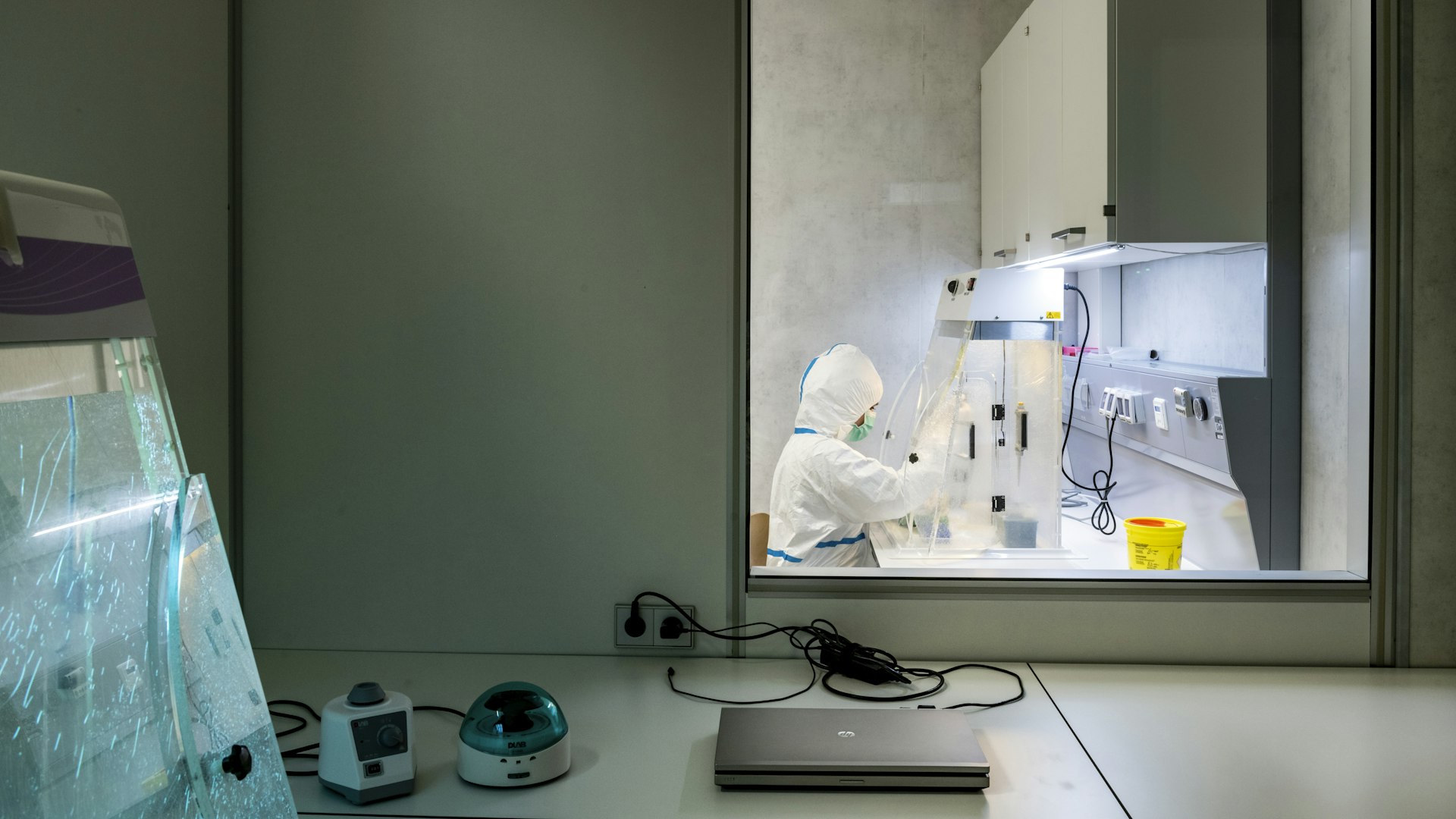magazine_ Article
South Tyrol in the Early Middle Ages
Bioarchaeology indicates exchanges with other populations and a varied diet
A paleogenetic study conducted on the skeletal remains of 94 individuals found at 11 archaeological sites in South Tyrol and dating from the period between the 5th and 12th centuries AD suggests that people moved around and admixed with other European groups, albeit with some interesting differences. Diet was also varied to arrive at these conclusions, the research team analyzed complete mitochondrial DNA transmitted through the maternal line as well as isotopes that provided information on diet and mobility.
By comparing mitochondrial DNA data from samples from South Tyrol with those of other early medieval samples from Europe, the research team found genetic affinities between other Europeans and individuals from Merano, the Isarco and Adige valleys especially. The data does not suggest a clear migratory line from a specific location but to movements of varying distances that were presumably normal at the time.
However, not all valleys had the same intensity of genetic admixture with the Venosta valley in particular, differing from the others.
“Our data suggests less genetic exchange in the Venosta valley than in the Isarco valley”.
Valentina Coia, biologist
“We cannot speak absolutely of genetic isolation in the Venosta valley since we also found high genetic variation here. However, when compared with the other valleys and European samples, our data revealed less genetic exchange in this area than in the Isarco valley for example. In the latter, isotopic data also suggests the presence of more non-local individuals than in the Venosta valley where the inhumated individuals were mostly local,” points out Valentina Coia, a biologist at Eurac Research and the first author of a recently published article in the journal Archaeological and Anthropological Sciences on the subject. “A possible explanation could be found in the complex communication network that was present in the Alpine region during and after the fall of the Roman Empire. This could have encouraged mobility and exchange especially in Merano, the Adige and Isarco valleys and a to lesser extent in the Venosta Valley.”
In terms of diet, the study also observed differences between individuals from the various valleys. “In the Venosta and Isarco valleys there was a higher consumption of meat and dairy products, and in the Adige valley, millet was predominantly consumed in contrast to the other valleys where wheat was preferred. This was probably due to climatic and environmental factors.” explains anthropologist Alice Paladin, who also contributed to the study.
Finally, the research team was also able to compare ancient DNA with data from modern samples from the same alpine areas, except for Merano. The results point to a genetic continuity of Alpine groups from the Early Middle Ages to the present, with the exception of the Isarco Valley, where the differences were more apparent.
“So far, ancient DNA studies have mostly been conducted on geographically and temporally dispersed ancient samples, which has allowed us to look at past migratory movements on a global scale,” Coia explains. “this study is rare because it analyzes biological diversity on a micro-regional scale and shows how even in a relatively small area like South Tyrol, diversity is complex and should be considered both in studies focused on population history and in biomedical studies.”
The paper
Mitogenomic diversity and stable isotopes provide insights
into the maternal genetic history, mobility patterns, and diet of early
medieval individuals from the Eastern Italian Alps
https://link.springer.com/content/pdf/10.1007/s12520-022-01679-z.pdf
The BioArchEM research project is funded by the Autonomous Province of Bolzano within the framework of Law 14 for the promotion of research and innovation activities; it was carried out in cooperation with the University of Bern and with the support of students from various national and international universities.

